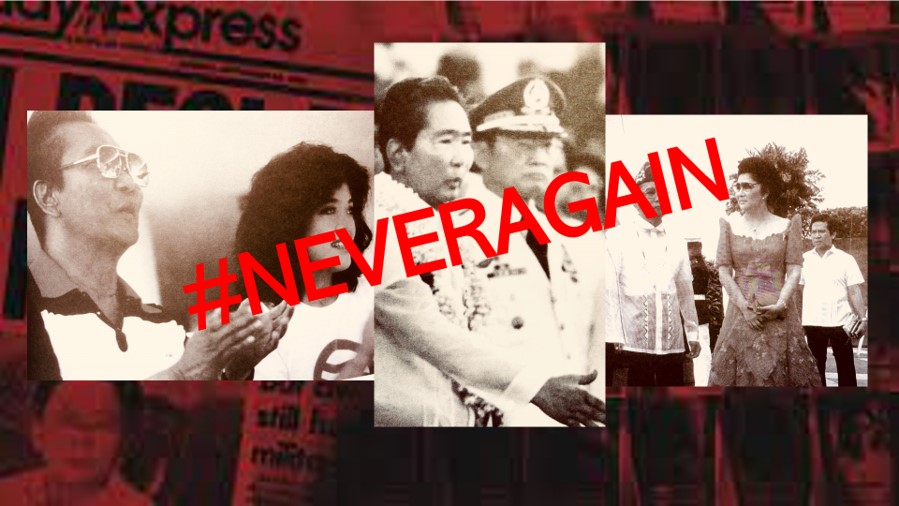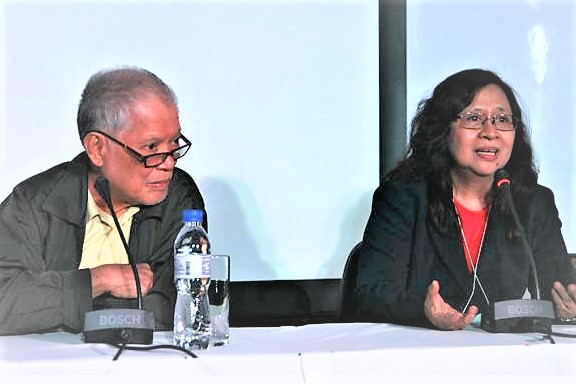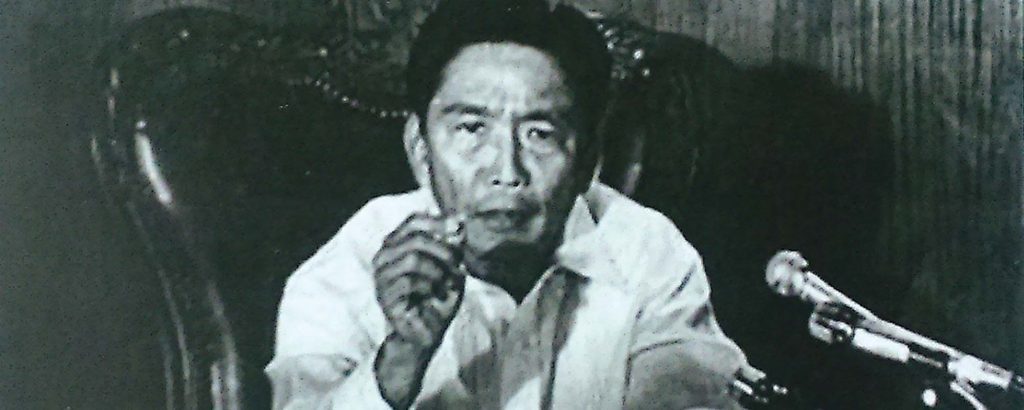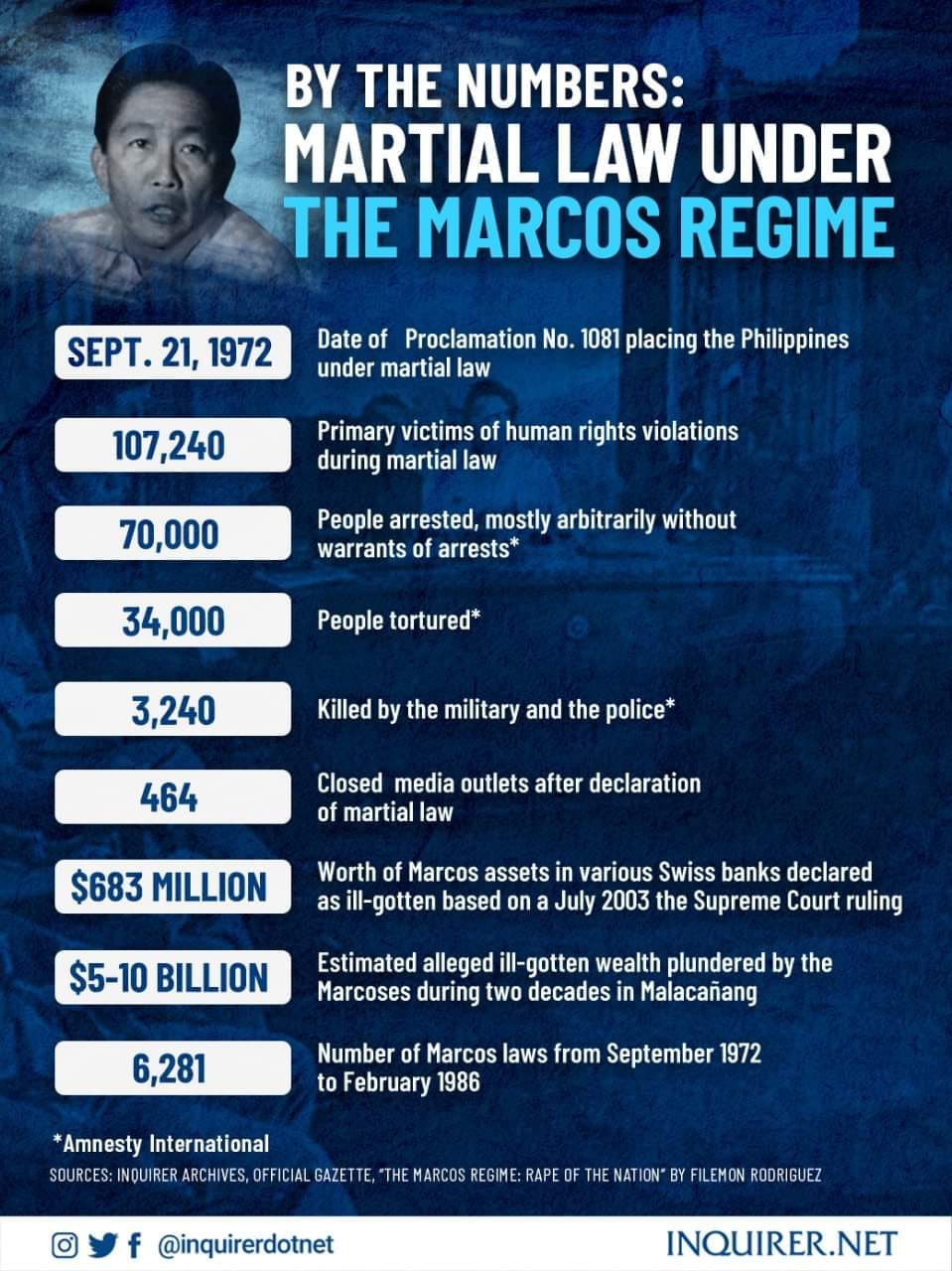#NEVERFORGET Marcos Martial Law – September 21, 1972 to February 25, 1986.

Published in April 2016, the book Marcos Martial Law: Never Again can serve as a brilliant gift to present day Filipinos who may have found Martial Law by Ferdinand E. Marcos an alien word.
The book is also a good token to citizens of the world who romanticizes on the goodness of authoritarian rule and the benefits of dictatorial leadership to society. There are thousands of philosophy books that outline the theoretical basis of authoritarian rule – subjected to debate, and perhaps that would include Ferdinand Marcos’ claimed thesis called “constitutional authoritarianism.”

Theories and thesis are at the top when debated by scholars, but Marcos-style authoritarianism needs no debate. It is not fake, a story not in shadows, not a myth. Journalist, blogger, and author Raissa Robles will tell you that in the 268-page Marcos Martial Law: Never Again.
A book for a benevolent dictatorship
A good friend Robert J.A. Basilio, Jr. who were among invited guests during the launch held in Ateneo Law School Amphitheater in Rockwell Center in Makati City quoted the author who said that the book is a study of a benevolent dictatorship. “When a person tells you that he wants a benevolent dictatorship, then I want that person to read this book and decide for himself or herself, is it worth the cost of human life and suffering?”[1]
Seated beside the author during the book launch is the highly-respected human rights lawyer Rene Saguisag who provided a brilliant context of Martial Law period in the foreword by touching the matter on human rights – a highly disfigured concept in the present day debates as the current administration idealize authoritarian rule with Ferdinand Marcos as the role model.
Former senator Saguisag walked back readers on the evolution of human rights using his own experience as a lawyer to draw up appreciation of its significance and by illustrating the fight waged by many Filipinos of his generation to attain the freedom that succeeding generation or the post-EDSA Filipinos – the Gen X, millennials, and Gen Zs are now enjoying.
“I first heard of the Universal Declaration of Human Rights as a pupil in Makati Elementary School convocation,” said Saguisag, but “I heard little about it or none at all, thereafter in Rizal High School, San Beda, and Harvard Law.”
From the intro down to the last paragraph of the foreword by Saguisag are narratives of human rights violations under Martial Law and how the co-founder of the Movement of Attorneys for Brotherhood, Integrity, and Nationalism (MABINI) and other prominent lawyers who emerged as defenders of human rights at that time like Senator Lorenzo M. Tanada, Senator Jose W. Diokno, Senator Jovito R. Salonga, Senator Joker P. Arroyo, Senator Francisco “Soc” Rodrigo, and Justice Cecilia Munoz Palma.”
It was no less a lesson about human rights which nags the senses why, we, Filipinos who are a bunch of happy-go-lucky freedom believers, must fight for it.
#NEVERFORGET Marcos’ Martial Law: Only the tormentors can sleep
The book was edited by Alan Robles, the author’s spouse. It’s entire six chapters will make a reader wonder what were fellow Filipinos were doing at the time when thousands of its youth were not simply killed, but were first raped, mutilated, and butchered in a systematic manner as operated by the Marcos government.

The Torture Theater in Chapter 4 tells all the unimaginable methods applied by government military at that time and the tools that were used. Survivors who lived another day was able to narrate the tale on how they were abused and how government officials were able to hold on to government power post-EDSA 1986 without having to answer responsibility of their role during martial law.
One detailed story about a method of torture that he experienced in the hands of Marcos’ military was narrated by the recently departed Roberto “Obet” Verzola, a youth leader, intellectual, and scientist during the Martial Law. Obet, who was also an engineer, was a former Samahan ng Demokratiko ng Kabataan and then a member of the Manila-Rizal Regional Committee of the Communist Party of the Philippines who was arrested and heavily tortured.
He survived Martial Law but the trauma caused by torture was something that Obet had to carry and manage along the course of his existence. Obet was a roommate in various out of town encounter and he would usually disclose that he might disturb my sleep in the middle of the night with unexpected screams and moans as part of the trauma that he come to live by.
The book had to be written
Writing the book was very difficult, explained Raissa Robles in the preface. “But it had to be written,” she said “because whenever I write about the Marcoses, I realized that many of my readers did not understand my context.”
“This is the context of what I have been writing about – that Martial Law was a despicable period masked by displays of art, culture, and infrastructure,” she emphasized.
The book is a well-researched and with a direct account from interviews of persons why played the role in the atrocities and injustice. It is a compact history about Martial Law never attempted before. But it is an essential read, an important acquisition among Filipinos today considering the present circumstances described by Raissa Robles as a period of “appalling amnesia and ignorance” about Martial Law.
The lessons shared by the book serves as a warning for those who yearns for a strongman rule. The number shared by Amnesty International speaks for itself. Martial Law does not deserve to be forgotten; it is no myth.

Why #NEVERFORGET Marcos’ Martial Law
Ferdinand E. Marcos is the 10th president of the Philippines who preserved himself in power for 21 years or from 1965 to 1986. He ruled the country under martial law from September 21, 1972 to February 25, 1986 after popular uprising that culminated in the EDSA People Power 1 Revolution.
Although Marcos died 32 years ago (September 28, 1989) while on exile in Honolulu, Hawaii, his family kept his authoritarian legacy alive. His name is carried by Bongbong Marcos, Imee Marcos, Irene Marcos and the matriarch Imelda Marcos – the late dictator’s wife – who is famous for her extravagant lifestyle, shopping spree, fondness for jewelry, art pieces, and 3,000 pairs of shoes.
Based on the documentation of Amnesty International, Task Force Detainees of the Philippines, and similar human rights monitoring entities, historians believe that the Marcos dictatorship was marked by 3,257 known extrajudicial killings, 35,000 documented tortures, 77 ‘disappeared’, and 70,000 incarcerations.[2]
[1]“Never forget, never again” – Robert J.A. Basilio, Jr., February 26, 2016, https://www.bworldonline.com/never-forget-never-again/
[2] https://en.wikipedia.org/wiki/Human_rights_abuses_during_the_presidency_of_Ferdinand_Marcos
[UPDATED] Originally entitled: “Forget me not: Marcos’ Martial Law is no myth,” published September 21, 2020.